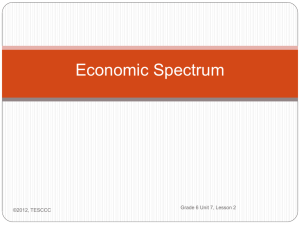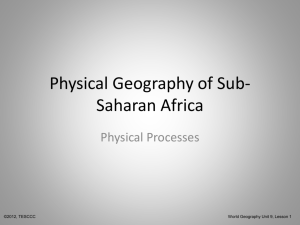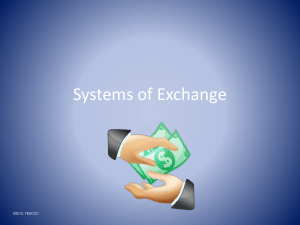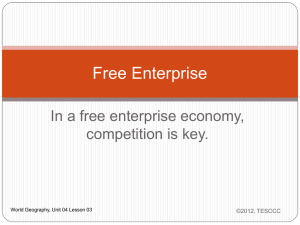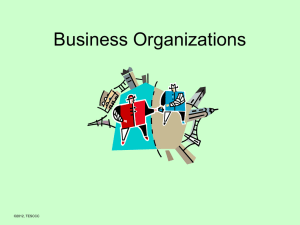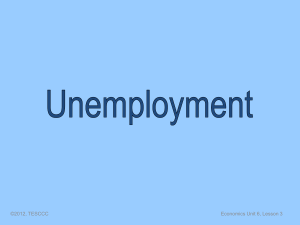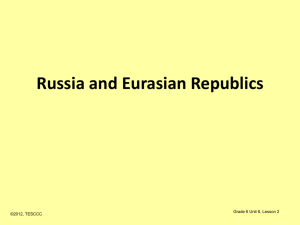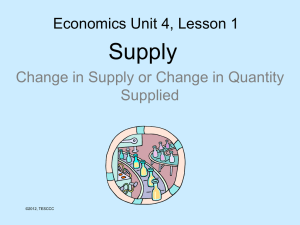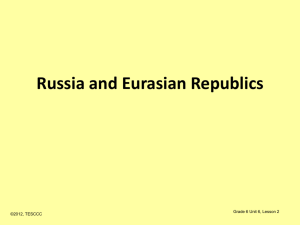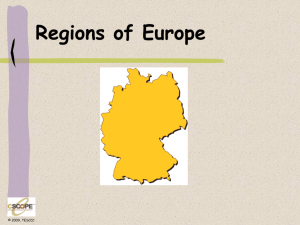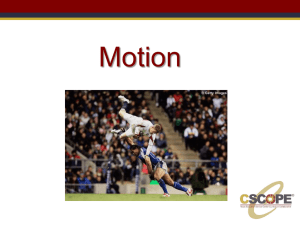File
advertisement
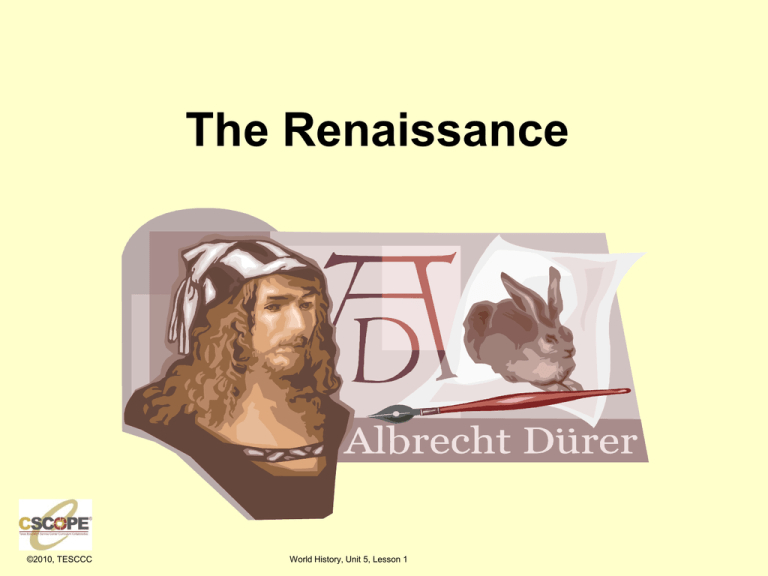
The Renaissance ©2010, TESCCC World History, Unit 5, Lesson 1 • The Modern world begins with the Renaissance, which means “Rebirth.” • What was being reborn? – The attitudes, ideals and learning of the Classical Ancient world of the Greek and the Romans. ©2010, TESCCC World History, Unit 5, Lesson 1 On your paper, make a graphic organizer similar to this one: Why now? ©2010, TESCCC World History, Unit 5, Lesson 1 Why now? • Location: Italy, where the Renaissance began was literally littered with the remnants of ancient Rome: buildings, aqueducts that still work, sculptures, and monuments. ©2010, TESCCC World History, Unit 5, Lesson 1 Why now? • Crusades: Contact with other cultures often causes people to look at themselves comparably and see areas where they can improve. ©2010, TESCCC World History, Unit 5, Lesson 1 Why now? • Economics: The crusades opened up trade routes to the east, and new and wonderful products that the European could not get enough of, like silks and spices. ©2010, TESCCC World History, Unit 5, Lesson 1 Why now? • Black Death: the great equalizer! By wiping out so much of the population, political and economic changes were bound to happen. The plague will also shake the foundations of the Church, as it proved unable to deliver the people from this horrific event. ©2010, TESCCC World History, Unit 5, Lesson 1 Why now? • The decline of the power of the Roman Catholic Church. The church problems, such as the Babylonian Captivity of the Papacy - when the Popes lived in Avignon, France instead of the Vatican in Rome for 100 years. There was also corruption in the highest levels of the church. ©2010, TESCCC World History, Unit 5, Lesson 1 Why now? • Patronage: The new wealth of individuals created patrons, or those that financially support the arts. The Medici Family of Florence, Italy is a good example. Patrons would hire an artist, boosting the families’ reputation and allowing the artist to hone his skill. ©2010, TESCCC World History, Unit 5, Lesson 1 Why now? • Access to classics: Through the crusades, Europeans came into contact with the writing of the Greek and the Romans, many of which had been lost in the West but were preserved in the Byzantine and Arab worlds. ©2010, TESCCC World History, Unit 5, Lesson 1 Humanism: • The intellectual movement of the Renaissance that provided the foundation of all the human achievement of this era. ©2010, TESCCC World History, Unit 5, Lesson 1 The Classics • Based on a study of Classical Greco-Roman literary works and art, it also involved a study of the Liberal Arts: grammar, rhetoric, poetry, ethics and history. ©2010, TESCCC World History, Unit 5, Lesson 1 Human Interaction • The Liberal Arts are how humans interact with each other and how we express ourselves. ©2010, TESCCC World History, Unit 5, Lesson 1 Additional Causes and Characteristics of the Renaissance • Italian merchant class provide patronage of the arts • Secular view of the world • Beginning of modern history • Man sees himself and his actions as important ©2010, TESCCC World History, Unit 5, Lesson 1
